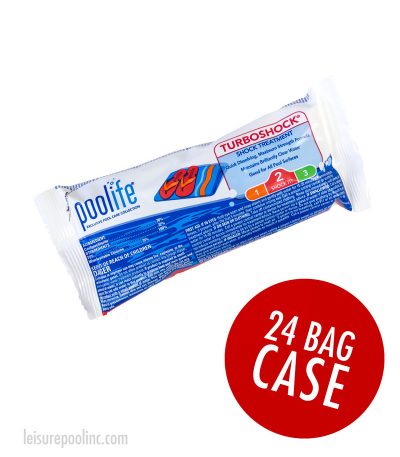Quick Dip: The Basics on Salt Water Pools
How they work and the benefits vs. the drawbacks – POOL CARE 101
One of the more popular products to recently gain market share within the pool industry is the saltwater pool system. Often referred to as a cure-all fix that allows for lower costs and easier maintenance, we are often asked how exactly a saltwater pool system works. We cover that now, in this Quick Dips Pool Care Guide!

The goal of this system is sanitation. Many are surprised to learn that saltwater pool systems use salt to generate… chlorine. Yup, good ol’ sodium hypochlorite. Bags of high-grade salt (sodium chloride) are added to the pool water. Dissolved into the water, it is then sent through the saltwater chlorination system. Saltwater chlorinators feature generator cells that utilize electrolysis to separate the salt in the water. These electrolytic chlorine generators create a chemical reaction that generates sodium hypochlorite. This is then fed back directly into the pool. The end result is you have basically created a mini chlorine factory attached to your pool! This is how factories create liquid chlorine (sodium hypochlorite) – only on a much larger scale.
The Benefits… & The Catch
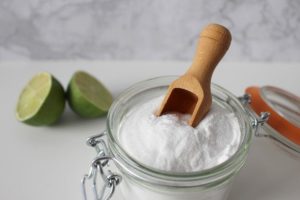
A saltwater system does come with some inherent benefits. Once the several hundred pounds of pool salt is added when the pool is opened, there is usually little need to add much more over the course of the season. (A bag or two at most is what is typically required throughout the pool season.) Traditionally, pool salt comes in 50 lb bags and is relatively inexpensive to purchase. Due to this, the ongoing chemical costs are lower than other chlorination methods such as liquid chlorine and chlorine tablets. If the correct amount of salt is added, eye irritation is normally a moot issue. The electrolytic chlorine generator (ECG) can automatically adjust the chlorine levels, reducing the need for as much manual adjustment.
The primary drawback to a salt system is in the name itself…. the salt. Salt is inherently corrosive. One only has to take a gander at metal buildings and unsealed concrete near oceans to see evidence of this. With saltwater systems coming into greater popularity only recently, many are not that familiar with the corrosive risks that one of these systems can create. If not properly maintained, the pool’s heater, pump, and other mechanical features may fall victim to salt corrosion. Contrary to some of the marketing hype, ECG systems are not fully ‘set and forget’. Every several years, the salt generator cells will need to be replaced. Depending on the system, this can range anywhere from $200 to $600 per cell.
Our Opinion | Conclusion
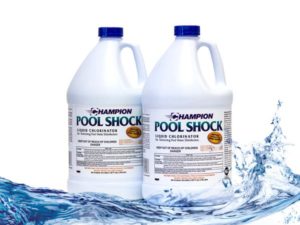
Here at Leisure Pool & Spa Supply we have worked on many saltwater pool systems and continue to provide parts and supplies for numerous systems throughout our service region. Our current opinion on saltwater systems is that they are a great idea, in theory, however, many end-users, especially on the residential front are not fully aware of the eventual cost of replacement salt cells and the risk of staining and corrosion. One point that we seem to run into a lot, is that some that are new to the idea of a saltwater chlorination system, get it confused with a natural swimming pool. Natural swimming pools filter the water organically through the use of a gravel filter and artificial wetlands. ECG systems use chlorine to kill bacterial and pathogens, just like the vast majority of swimming pool systems throughout the world.
Saltwater chlorination systems can work well if you are aware of the equipment costs and the corrosion risks associated with salt. In our opinion, many are best served by utilizing more traditional chlorinating methods due to their ubiquity throughout both the residential and commercial pool markets.
Have a Pool or Spa Question?
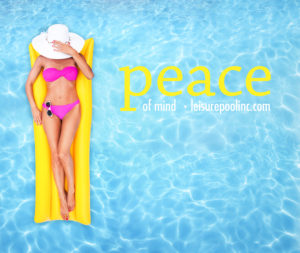
Leisure Pool & Spa Supply, Inc. was founded in 1982 and is headquartered in Syracuse, Indiana. We focus on serving the service and supply needs of both residential and commercial clients. We have grown to include a branch office in Indianapolis allowing us to work with clients across the State of Indiana. Our service technicians are highly experienced and have decades of combined experience in the aquatics industry.
If you have any questions regarding your pool or aquatic center needs, do not hesitate to get in touch with us. We are always available via phone or email and look forward to assisting you. If you are looking to purchase products directly online, visit our online pool and spa supply
Leisure Pool & Spa Supply – Service Since 1982 – Shop our eStore

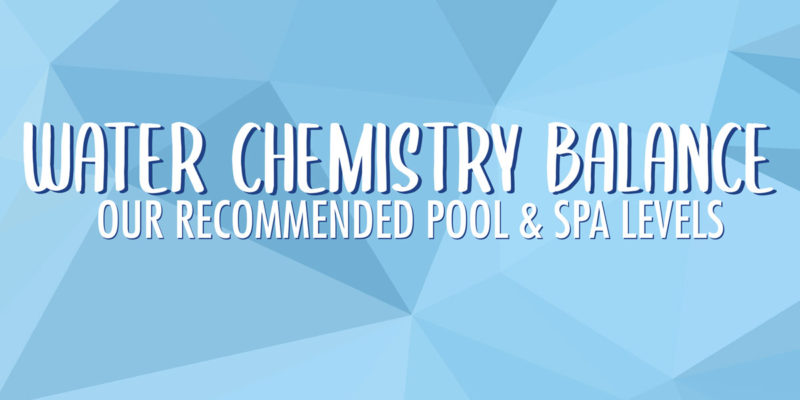
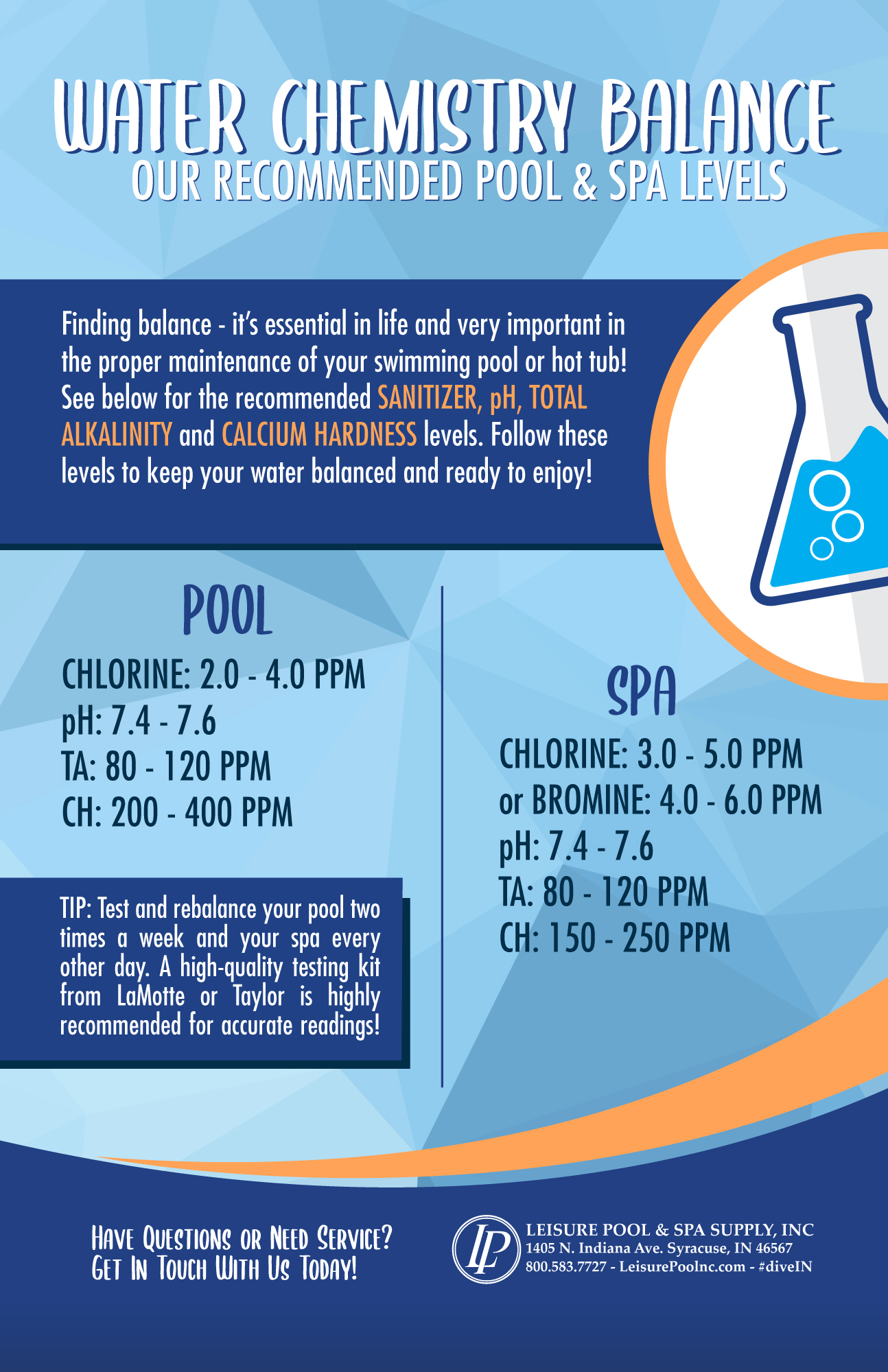
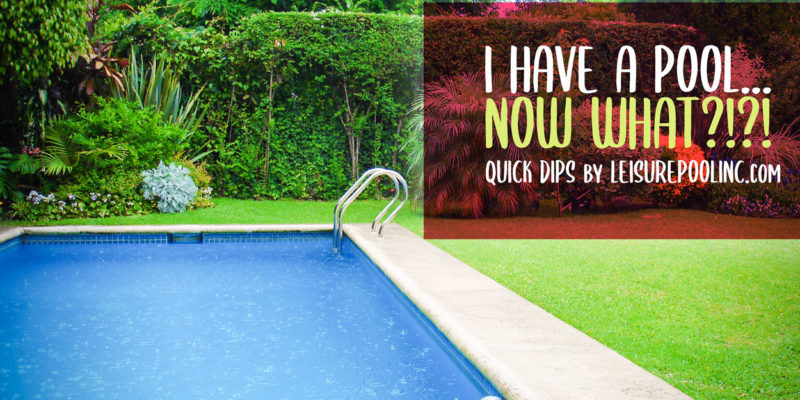

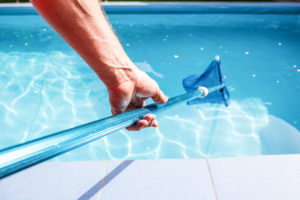
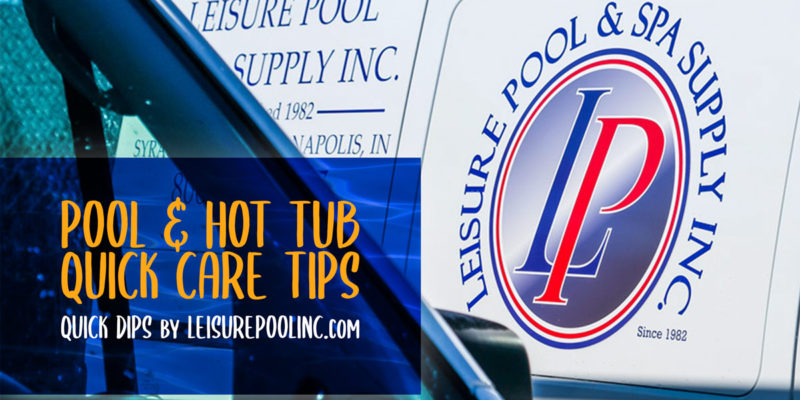
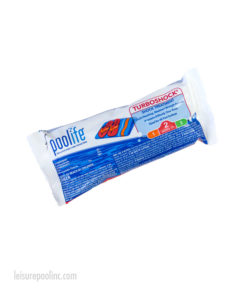
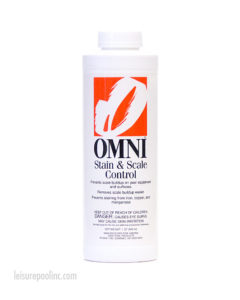
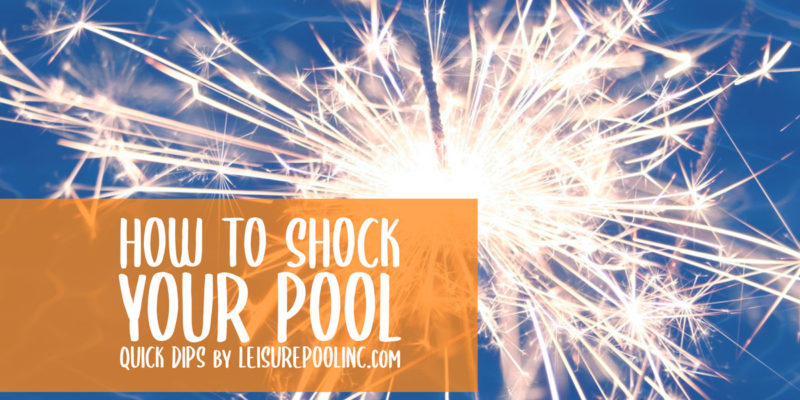
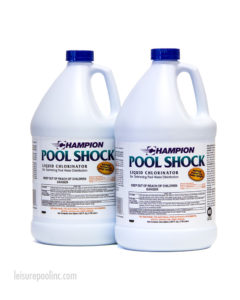 Shocking your pool water is one of the keys to keeping your pool sparkling and ready to swim in. Failing to shock your pool water can lead to algae and bacteria build-up. This creates a swimming pool that is not only uninviting, but hazardous to pool patrons as well. Just because your water is clear, does not mean it is safe to swim in! This is why a high-quality pool testing set from LaMotte or Taylor is an essential part of every pool operator’s kit!
Shocking your pool water is one of the keys to keeping your pool sparkling and ready to swim in. Failing to shock your pool water can lead to algae and bacteria build-up. This creates a swimming pool that is not only uninviting, but hazardous to pool patrons as well. Just because your water is clear, does not mean it is safe to swim in! This is why a high-quality pool testing set from LaMotte or Taylor is an essential part of every pool operator’s kit!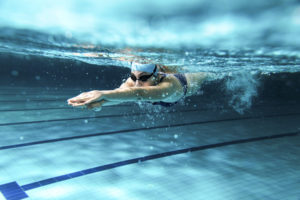 About Us: Since 1982, Leisure Pool & Spa Supply has steadily grown to become one of the leading pool and spa service and supply companies in the Midwest United States. Under the leadership of Tim Yoder, and the rest of the Leisure Pool & Spa Supply staff, our company has grown to service virtually the entire state of Indiana and beyond. If you have any questions regarding your pool or aquatic center needs, do not hesitate to get in touch with us. We are always available via phone or email and look forward to assisting you. If you are looking to purchase products directly online,
About Us: Since 1982, Leisure Pool & Spa Supply has steadily grown to become one of the leading pool and spa service and supply companies in the Midwest United States. Under the leadership of Tim Yoder, and the rest of the Leisure Pool & Spa Supply staff, our company has grown to service virtually the entire state of Indiana and beyond. If you have any questions regarding your pool or aquatic center needs, do not hesitate to get in touch with us. We are always available via phone or email and look forward to assisting you. If you are looking to purchase products directly online, 